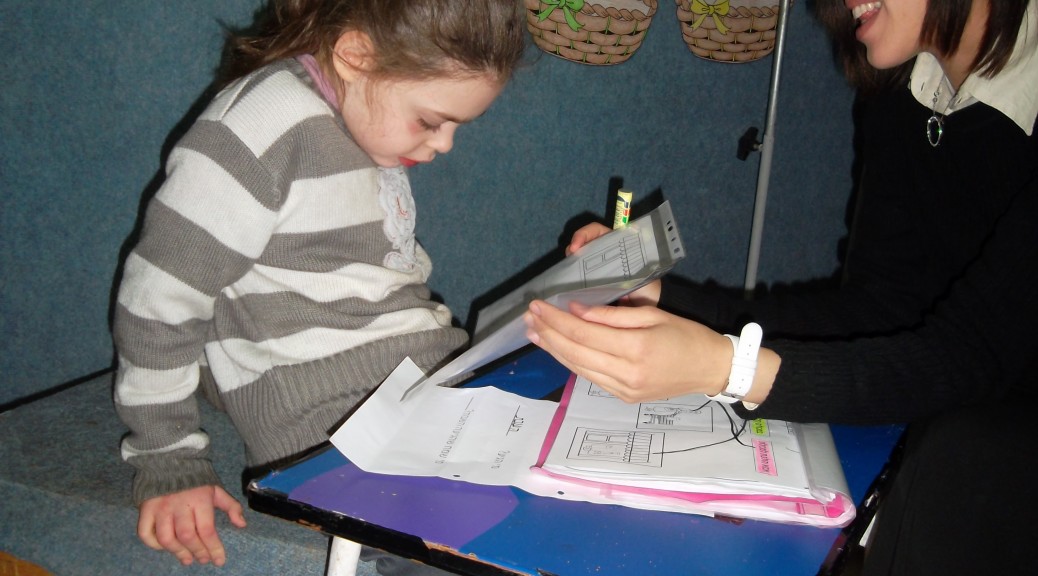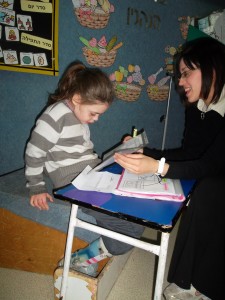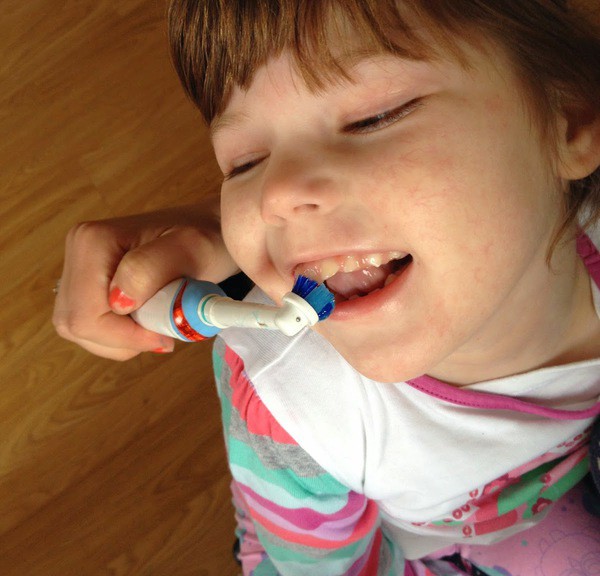Animals have provided therapy to humans for hundreds of years, even if we may not have been aware of it. Domesticated animals and household pets bring joy to our lives. Service animals assist those with physical impairments or emotional challenges and horses have therapeutic value to many people as well. For children who suffer from Cerebral Palsy playing with animals provides many benefits and can really touch their lives in profound ways.
Animals can provide a sense of security to a child with CP. This companionship can make them feel less alone and isolated. The relationship they develop through play results in a strong bond that can positively impact both the child’s physical and emotional development. Not only that, it’s a fun diversion that can let the child forget about the challenges they face in their lives. Animal play can also help the relieve stress that accompanies physical impairments.
Playing with animals can help children with CP develop and exercise muscles and work on coordination so they can perform physical tasks better. It can help them emotionally through the connection and bond they form with animals. Playing with or petting a dog or cat, brushing fur, riding a horse, these activities help develop the senses as well as visual and spatial relationships. Service animals also assist children with mobility, alerting parents to seizures that can occur during the night and helping them become more independent.
Animal play is an important part of any child’s development, but for children with special needs this relationship provides many extra benefits that help them overcome the unique challenges they have been presented in life.












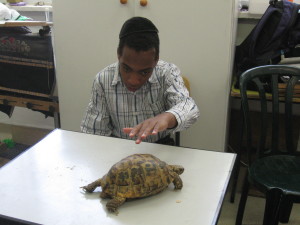
![greg+abbott8[1]](http://www.tikvahlayeled.org/blog/wp-content/uploads/2015/06/greg+abbott81.jpg)




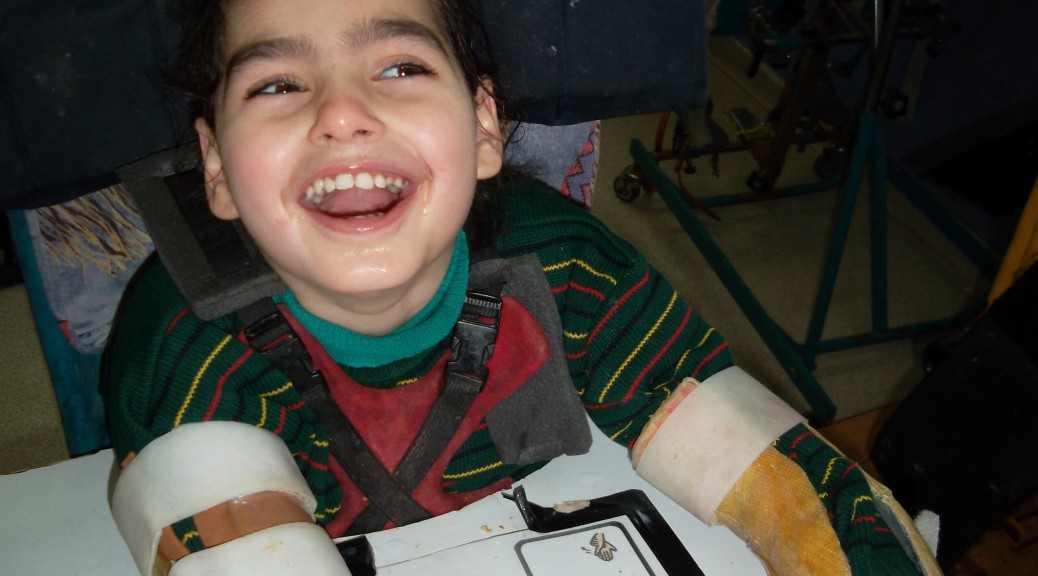
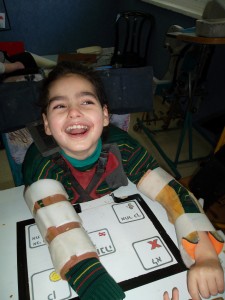 As with many disabilities, the general public is often unaware and uninformed about the causes, symptoms and lives of those who suffer from Cerebral Palsy. Here are four facts about CP that may surprise you.
As with many disabilities, the general public is often unaware and uninformed about the causes, symptoms and lives of those who suffer from Cerebral Palsy. Here are four facts about CP that may surprise you.



